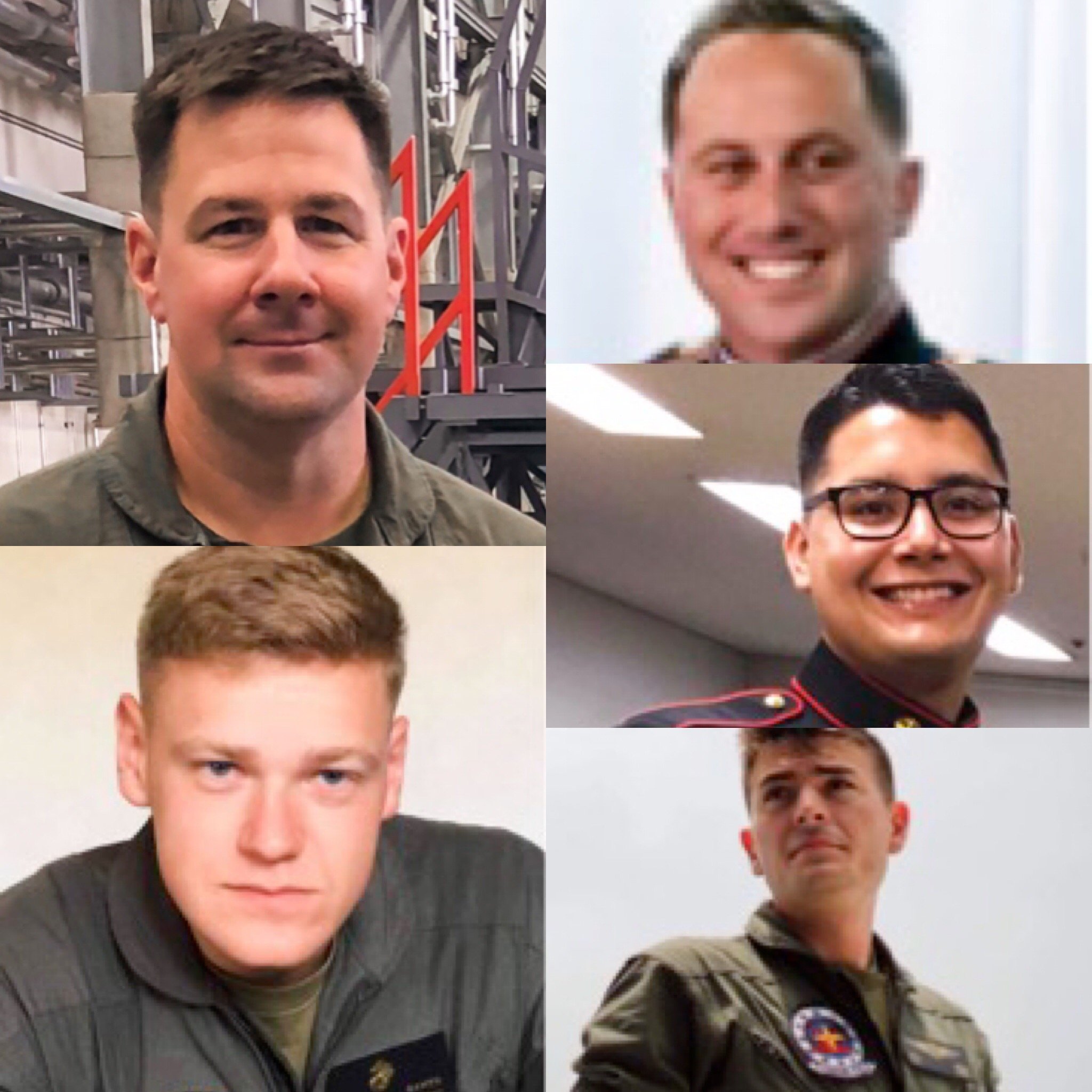
Marine Corps Finds 2018 Crash Investigation Had Flaws, Proposes New Safety Measures
A review of two previous Marine Corps aviation mishaps and their subsequent command investigations concludes that “organizational culture and command…
Copyright 2024 U.S. Naval Institute. All Rights Reserved.